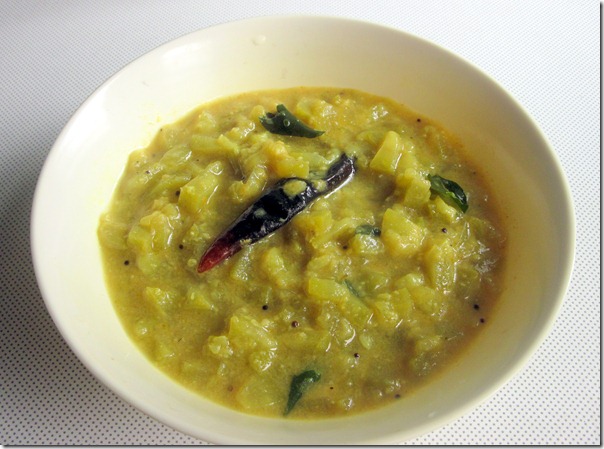Everyone has their 'must try' things to eat in Hawaii. Here are just a few of mine and where to find them on Oahu. Each one of these dishes tells you a little something about the culinary history of Hawaii.
Poke (pronouned po-kay)
Where to find:
Everywhere, but Alicia's Market has a big selection
This is perhaps one of the most 'authentic' dishes from Hawaii. It's primarily raw fish and it comes in many varieties such as wasabi, tobiko, and Maui onion, but traditionally it was just chunks of fish such as ahi, salt, seaweed and a bit of toasted kukui nut, all native ingredients.
Manapua
Where to find:
Royal Kitchen in Chinatown
These filled buns look like cha siu bao, but the version you find in Hawaii is larger and a little sweeter and much lighter. The dough seems a bit more Portuguese than traditional Chinese. You can also get it filled with Kalua pork which you definitely won't find outside of Hawaii.
While at Royal Kitchen don't miss the 'pork hash' Hawaii's version of siu mai. It's unique and succulent with less ingredients than siu mai, but it's very tasty all the same. Both the manapua and the pork hash are very inexpensive.
Taro Chips
Where to find:
Everywhere but for freshly made chips go the Hawaiian Chip Factory Outlet
You may or may not appreciate poi, but you are sure to enjoy taro chips. The Hawaiian Chip Company opened in 1999 and makes very popular vegetable chips served at restaurants, on Hawaiian Airlines and they are widely available in stores. But at the factory shop you can get a freshly made hot bag of chips and season them yourself. You can also get a snack, like the killer sliders they serve on Saturdays.
Malasadas
Where to find:
Leonard's Bakery
These Portuguese donuts are a must. The big neon sign at Leonard's letting you know when they are fresh will lure you in. I don't know anyone who doesn't love these hot, yeasty, moist-in-the-middle pillows of love, better than any Krispy Kreme, that's for sure.
Shave Ice
Where to find:
Many places, but I like Tats the best
Better than a snow cone, more like a snowball, the best shaved ice is super fluffy. Shave ice first appeared as a cooling treat on the plantations, and was brought to Hawaii by the Japanese. Get it flavored with something tropical like lilikoi. It's sweet and cooling which is the perfect combination when temperatures rise. Favorite spots are widely debated. It's often said the older the shave ice machine, the better the shave ice.
My thanks to the Hawaii Visitors & Convention Bureau and especially local girl and Oahu writer Catherine Toth for introducing me to some (but not all) of the items featured here





